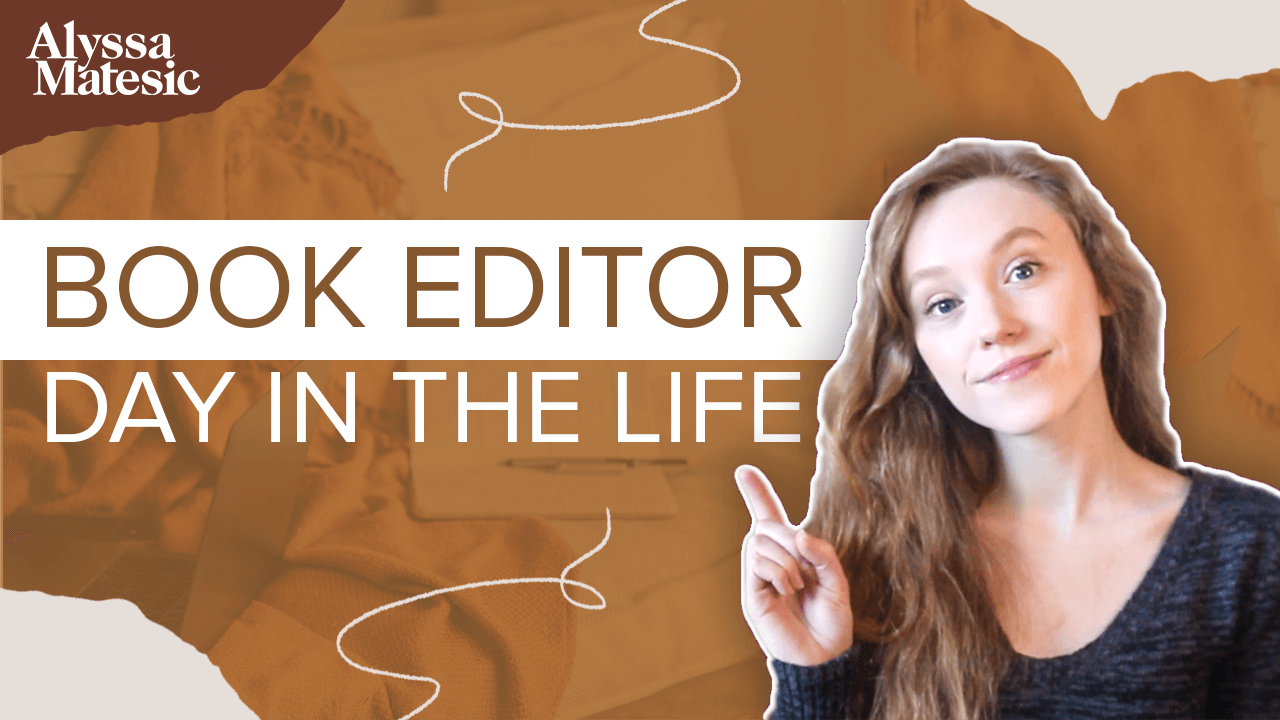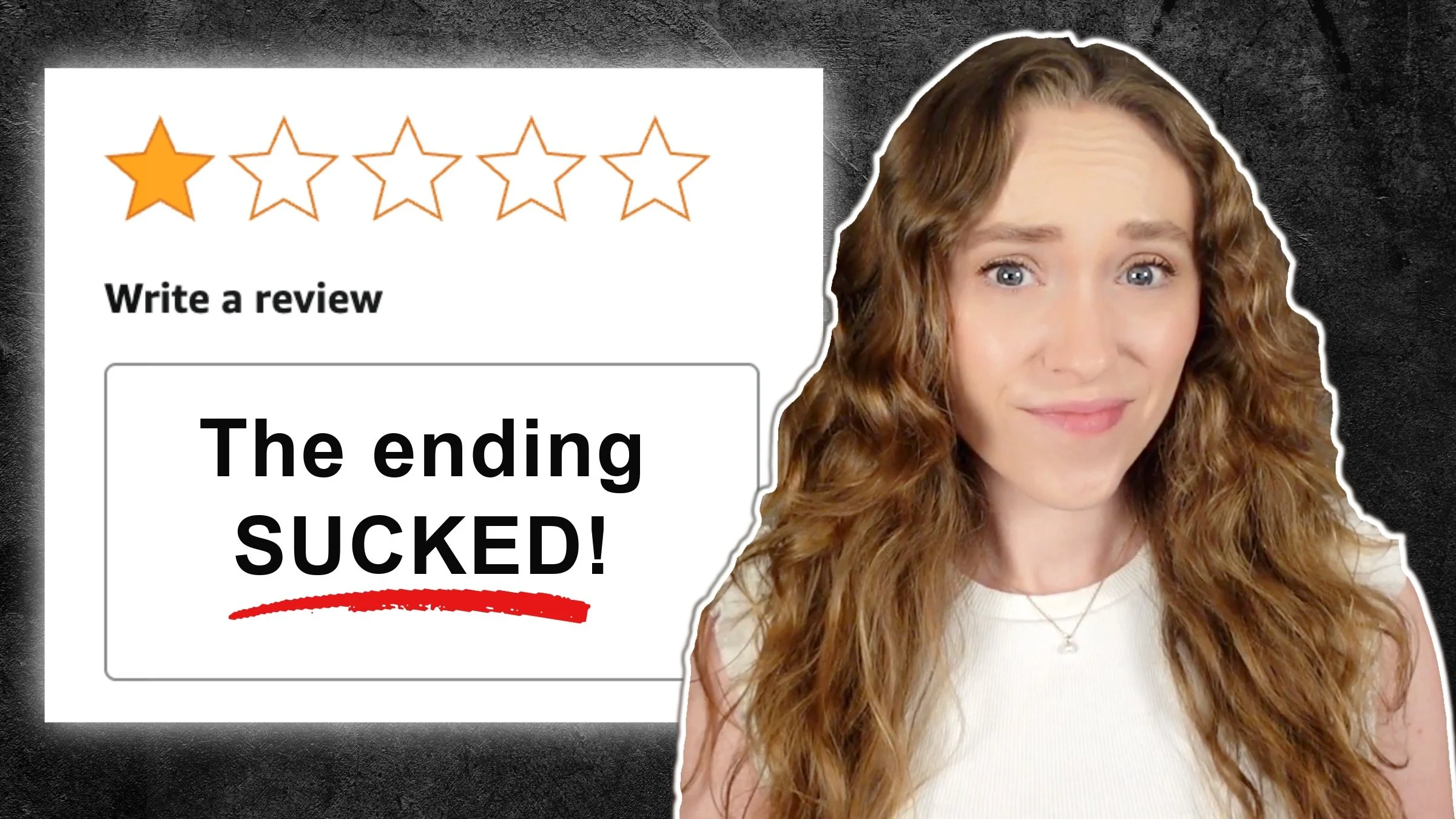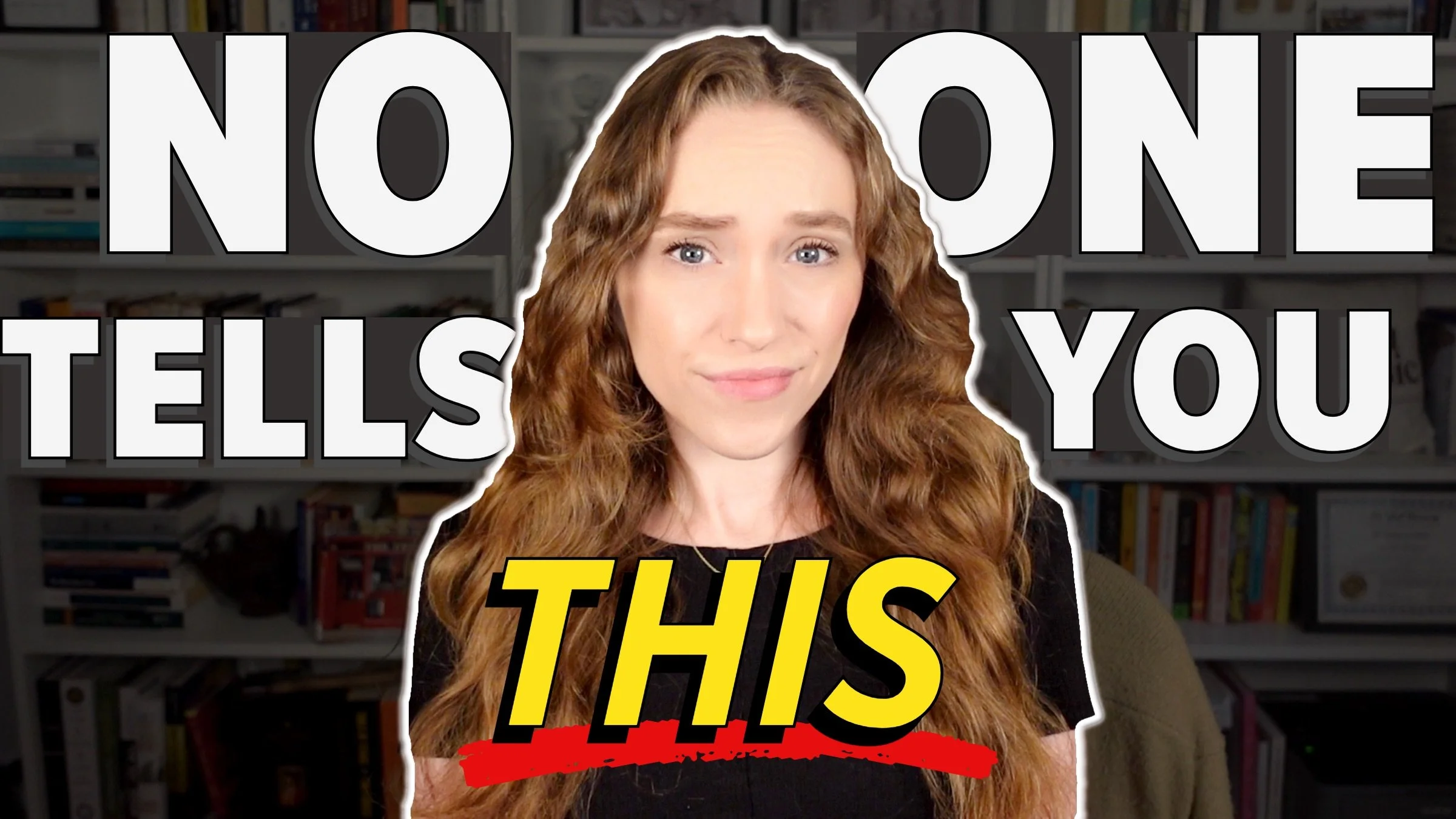What Does a Book Editor Do at a Publishing House?
HIT PLAY OR READ THE POST BELOW:
If you end up pursuing the traditional publishing path and get your book published by a publishing house, then the editor at that house is going to be one of your most important partners. But what does a book editor do at a publishing house? What do their day-to-day responsibilities look like? What tasks do they have?
I’m going to dive into those questions and give a picture of a day in the life of a book editor from a major publishing house. By going into each of the key responsibilities that editors have, hopefully you’ll gain a better understanding of editors, publishing houses, and the publishing process in general.
This is based on my experience working at two major US publishing houses: Penguin Random House and Macmillan. When I was a member of the editorial team, I was able to experience many of the following duties firsthand. These responsibilities may vary depending on the publishing house—for example, small presses or indie publishers or even new, tech-aided presses will have very different processes. So, my perspective comes from working in a major US publishing house.
Another clarification is that the type of editor I’m talking about is someone who works full-time and is a salaried employee at a major publishing house. This is different from a freelance or independent editor that you hire on your own to help strengthen your book before submitting to literary agents or self-publishing.
Know that this is not an exhaustive list of everything that goes into an editor’s job; they have a lot of responsibilities across different departments, but I wanted to showcase the areas of interests for writers in particular.
1. Review Submissions from Literary Agents
The first key responsibility of editors, and the one most well-known to writers, is reviewing manuscript submissions from literary agents.
Whenever an agent is looking to sell one of their client’s book projects, they will reach out to a select group of editors, often editors who they know personally or are aware of in the industry. They will write a pitch letter very similar to your query letter providing an overview of the book as well as a blurb about you as the author, and they will send that along with a copy of the full manuscript to a group of editors that they hope will be interested enough to buy the book.
From the editor’s perspective, they go through their submissions pile and determine whether they are interested in potentially making an offer for the book, so a large portion of an editor’s day is reviewing literary agent submissions.
If an editor does end up liking a manuscript and the potential of working with its author, they will attend an acquisition meeting with the broader editorial team, which includes other editors and senior editorial team members, including the editor-in-chief and editorial director. The EIC and editorial director oversee which books will ultimately be acquired by the imprint at the publishing house, and the other editors help determine whether the manuscript is a good fit for the publishing house overall.
These meetings are usually pretty fun as it’s in a round-table-style discussion, with each editor describing their book submission and the other editors offering ideas and advice on whether to pursue it or not. Even though this is all unseen by the author, the team members come together in a collaborative effort to discuss, hype up, and support the editor and their potential book.
If the group determines a project is a good fit for the publishing house, then the senior editorial team works together to figure out what type of offer to make for the manuscript, as in how much money to offer the author.
2. Offer Developmental Editing
The next key responsibility of an editor is an obvious one: editing their books that are contracted for publishing. So, once the editorial team gives the green light and a book deal is successfully made with the agent and author, what comes next is multiple rounds of developmental editing with the main editor and the author.
This consists of the editor offering feedback on things such as plot, character development, and structure, and they and the author will trade comments back and forth in order to ensure the story is as effective as possible.
While the editor is responsible for the novel’s developmental editing and oversees the entire project, copy editing and proofreading responsibilities usually go to different editors. Either the copy editing team within the publishing house or a freelance copy editor and proofreader will polish the manuscript after it has finished the developmental editing stage.
This is because the main editor has already been through the manuscript so many times, it will be harder to pick up on small grammatical errors or typos, so having a fresh set of eyes will ensure that there will be as few mistakes as possible in the final, published book.
Throughout this editing process, the writer is directly communicating with the editor, with the literary agent also being aware of the edits being made, so the process will really feel like you’re working within a team of three. I really want to stress that as the author, you will be made aware of every change made, so don’t worry about the editor secretly changing or removing entire scenes or chapters without your consent. Everyone’s goal is to create the most effective and engaging story possible and to allow your vision to finally come to print.
3. Consult on Cover Design
Covers are something that writers often dream about, even in the early stages of their manuscript, because it’s so exciting to think about the “face” of your book and to imagine it online or on shelves in bookstores.
You might be wondering, what does a book editor do with cover design? Although they have editorial expertise, an editor is also going to play a key role in helping make sure a book cover truly suits the story it’s attached to. They attend meetings with the graphic design team at the publishing house, where the graphic design team will present a bunch of different mock-ups of potential cover concepts. Then the editor will start to feel out what seems like the best fit for the cover and share those mock-ups with the writer, until they end up with a design that feels just right.
These cover design meetings were one of my favorite meetings when I worked at Penguin Random House. Going into those cover meetings and seeing all of the creative ways the design team thought about how to present a story in a visual format was really inspiring. The graphic designers actually read the manuscript themselves and pull out elements from the story that maybe you as the author didn’t even think of yourself, bringing a new, visually creative lens to the book.
The writer and editor will narrow down the mock-up covers to a few top choices before refining their favorite design into the final version. Even if the cover doesn’t look exactly like how you envisioned when first embarking on this process, it will still honor your vision as a writer. The inclusion of your editor’s and the graphic designers’ inputs will ensure that the cover will both represent the genre of your book—if it’s a thriller novel, it should look dark and mysterious like a thriller—and the current trends in the marketplace as well.
All of these elements will come into play as you and your editor find the perfect cover for your polished manuscript.
4. Craft the Book Jacket Copy
The fourth responsibility of an editor is to help craft the book jacket copy. The book jacket copy is the description that goes on the back or inside cover of a book or on the webpage where a reader is looking to buy the book.
This is often a collaboration between the marketing team and the editorial team at the publishing house, and the writer will also review the draft of the copy and offer their own insights and thoughts. The goal here is to create a compelling and engaging description that inspires the reader to tear into the book and buy it.
Another element of the jacket copy that you might not immediately think of are the blurbs. The blurbs are quotes from other authors that talk about how great the book is and why someone should be interested in reading it.
It’s the editor’s responsibility to get the blurbs from other writers, usually by sending out advanced reader copies—which are printed and bound copies of your manuscript without the flourishes of cover design—to other authors who might write in the same genre, have previously worked with the editor, or even have a direct connection to the writer. The ARC will also include a letter saying something like, “If you have time to read this, we would love a quote and to feature that on the book jacket.”
Organizing these blurbs is a huge responsibility, as they are a strong marketing tactic for your book. Readers might see how other well-known authors are recommending your book and think, “Maybe I should read it too!”
5. Spread Awareness
The fifth responsibility editors have is gaining awareness for the book after it’s been published. Once a book is out in the world, the editor doesn’t stop working on it. They are still thinking of ways to ensure its market success. One way they can do that is by checking the New York Times and USA Today bestseller lists, so that if one of their author’s books ends up on the list, they can then submit it to the design team to start noting the award on the book’s cover.
They will also work with your literary agent to submit your book to any relevant book awards and recognitions—for example, a big one for fiction is getting selected for Reese Witherspoon’s book club’s monthly read. Obviously, if your editor successfully gets your book selected, that will sell a lot of copies. They will also list those rewards on the book’s cover to get readers’ attention.
Lastly, your book editor is going to collaborate with the marketing team on any events you might be able to do as an author, even potentially setting up a book tour. Book tours are when authors go around to different bookstores, locally or nationwide, and read an excerpt from their book, usually with a book signing section afterwards. It’s also possible to do virtual book tours and events.
Even after your book is published, the editor is still going to be a key partner for your success as an author—so don’t forget that!
I hope that you can now answer the question “What does a book editor do?” with full confidence. By going over what it’s like to be an editor at a major publishing house and what it's like to be a writer working with one of those editors, you can now approach your publishing journey with knowledge and nuance.
Thanks so much for reading, and happy writing!
